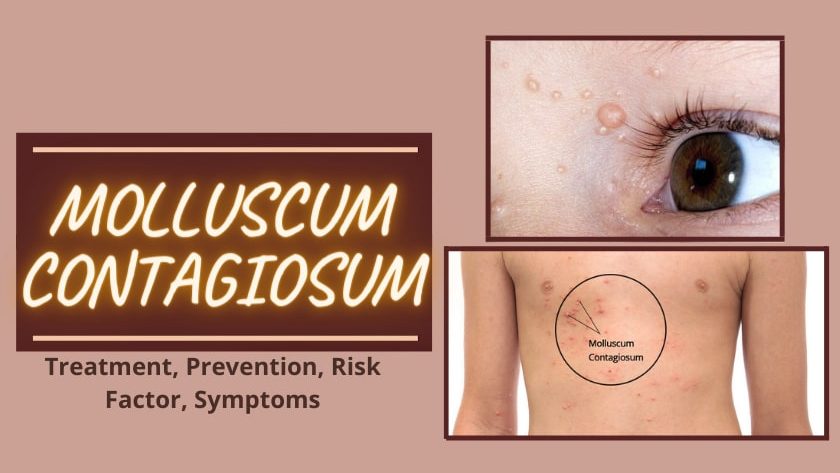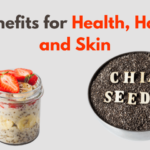Molluscum Contagiosum is a type of viral infection that affects your skin. It leads to round, painless bumps, or papules on the upper layers of the skin. These papules are known as molluscum bodies and this state is referred to as Molluscipoxvirus. As per reports, this virus can take around 12 months to heal, and they do not leave behind any scar. However, in some critical circumstances, the virus might take about four years to heal.
Molluscum Contagiosum can spread if you come in contact with someone who has this virus or if you touch an object that is infected with the virus. For example, touching contaminated objects like towels or if you have sex with your affected partner. Not everyone needs medication for treating this virus, but you can avail of its treatment if it becomes difficult to control.
Symptoms of Molluscum Contagiosum
Molluscum Contagiosum affects children and adults, especially ones who have a weak immune system. If you catch Molluscipox virus, the symptoms of infection might take around 7 days or even 6 months to emerge. You will notice a small group of bumps that are usually:
- shiny, flesh-colored, and smooth in appearance
- shaped like a dome with a dimple or dent at the center
- filled with waxy fluid (pus)
- size of these bumps is around 1 to 5 mm
- Might be itchy
- Bumps can become red and swollen. Scratching these bumps can spread the virus to the other parts of the body.
- Appears on the face, arms, armpits, torso, neck, and legs of children, and lower abdomen, inner/upper thighs, and genitals of adults.
Risk Factors of Molluscum Contagiosum
People who are more prone to Molluscum Contagiosum are:
- Children whose age are between 1 and 10 years
- People living in tropical climates
- One who has a weak immune system
- Persons with atopic dermatitis, a form of eczema that causes itchy rashes on the skin
- Individuals who come in skin-to-skin contact while playing sports
Molluscum Contagiosum Treatment
This virus can heal on its own if you have a healthy immune system. However, in cases when the person has big bumps/papules on the face and neck, has an existing condition like atopic dermatitis, or has concerns related to the spreading of the virus, the person should seek medical treatment immediately.
Some of the most effective treatments for Molluscum Contagiosum are listed below:
- Cryotherapy: This process involves using liquid nitrogen to freeze the bumps. These bumps are frozen (around 10 seconds) until a layer of ice forms over the spot and on the skin surrounding it.
- Laser therapy: In this treatment process, the doctor uses a laser (narrow beams of light) to destroy the papules/bumps.
- Curettage: Here, the doctor pierces the bump and scrapes it away using a sharp-edged instrument known as curet. Also, this treatment is performed under the influence of local anesthesia.
- Topical therapy: This process involves using creams that consist of acids or chemicals. The doctor applies this cream on the bumps so that it starts peeling. However, this treatment is advised against pregnant women and children owing to possible harmful effects.
- Oral Therapy: This treatment is best suited for children since it is less painful and can be performed by parents at home. The doctor uses oral cimetidine for treating children who are afraid of painful treatments related to cryotherapy or laser therapy. Although oral therapy is considered to be a safe treatment, the bumps on the face as well as on other parts of the body do not respond well to this treatment
- Therapy for individuals having immunodeficiency diseases: Patients who have immunodeficiency diseases such as HIV/AIDS and down syndrome, do not respond well to the treatments listed above. In these cases, antiretroviral therapy is used to treat facial bumps/papules. This kind of therapy aims to boost the immune system and thus helps in curing Molluscum Contagiosum in patients who have immunodeficiency diseases. However, there are some side-effects of this therapy such as influenza-like symptoms, depression, lethargy, etc.
- Chemical treatment: Here, the doctor immerses a metal instrument into either podophyllin or phenol and then pricks out each bump. In some circumstances, the doctor might prescribe hydrocortisone cream, an ointment that helps you get rid of itching.
Note: Some treatments of Molluscum Contagiosum are available on the internet. However, these treatments are ineffective and harmful. So, avoid trying any kind of treatment that is available on the internet. Do consult with a doctor before doing anything on your own.
How can you prevent molluscum contagiosum?
- Wash your hands thoroughly with warm water and soap.
- Don’t share your personal items like towels, clothes, and hairbrushes with others.
- Avoid touching the bumps on your skin since it can spread to other areas of the body too.
- Avoid sexual contact if you have Molluscum Contagiosum on or near your genital organs.
- Do not shave on the areas where you have bumps.
- Avoid contact sports like wrestling, rugby, etc.
- Keep your bumps covered so that it does not come in contact with others.
Conclusion
Molluscum Contagiosum is not a serious disease. It generally disappears within six to twelve months. However, in case of a critical situation, you must consult a doctor and seek Molluscum Contagiosum treatment. Also, people with Molluscum Contagiosum must avoid physical contact until the virus has completely gone.




